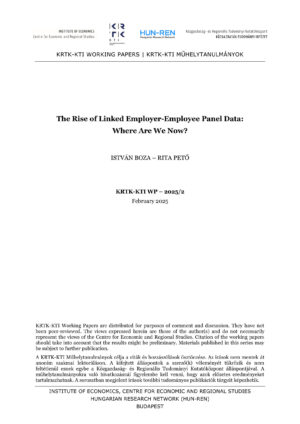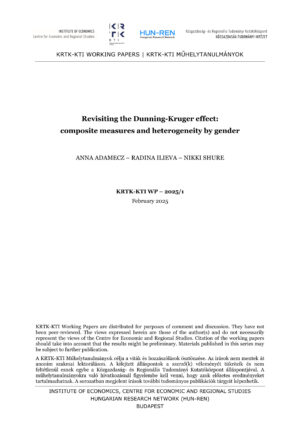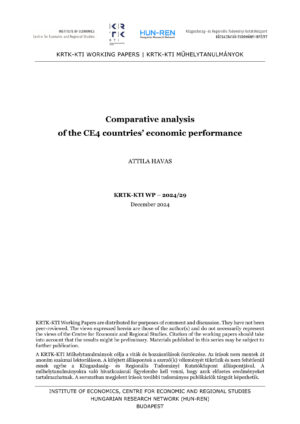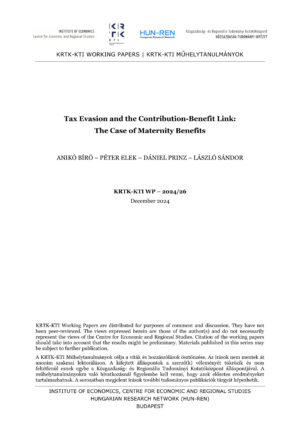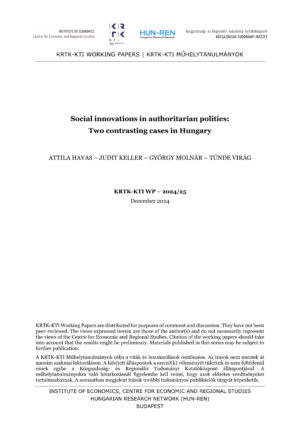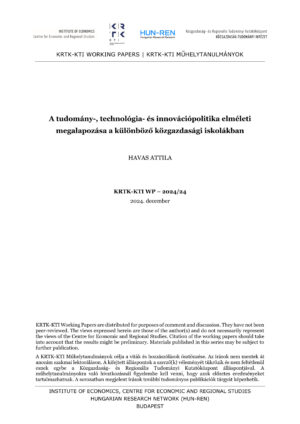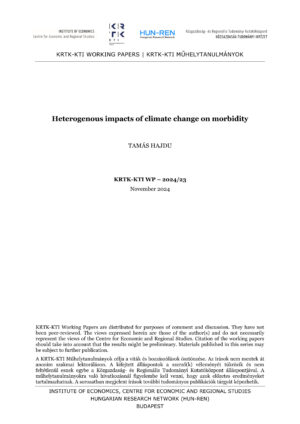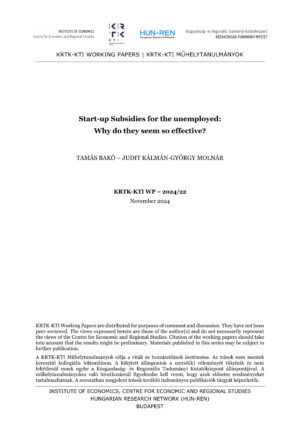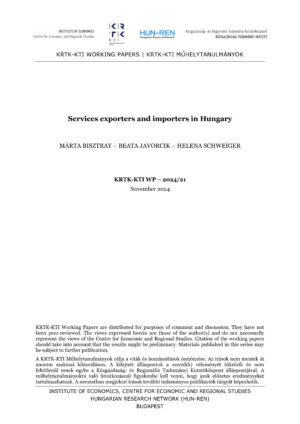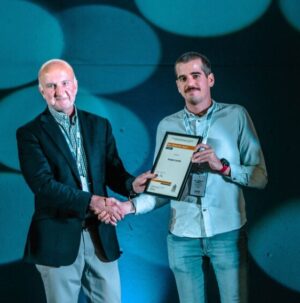In recent decades, one of the most significant advancements in empirical labor economics was the emergence of longitudinal linked employer-employee datasets. This paper aims to provide a snapshot of this data revolution. With LEE panels now available in over 30 countries, we survey their general availability and key characteristics. Beyond common features, we highlight the more complex aspects of these datasets, which enable rigorous, large-scale research across diverse subfields. Finally, we explore emerging directions in LEE-based research, with the goal of engaging researchers, policymakers, and data providers.
